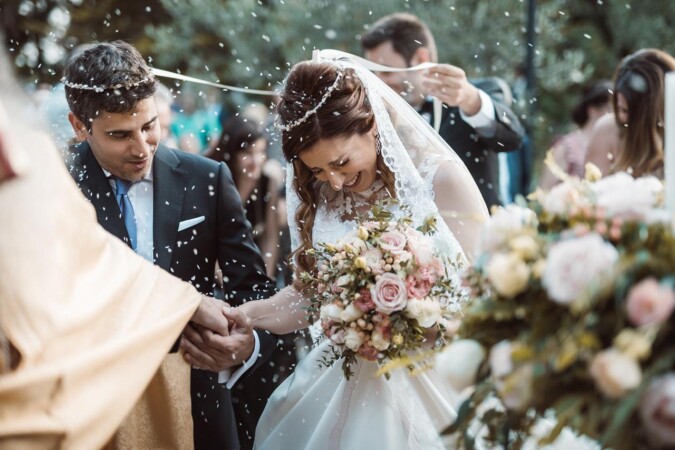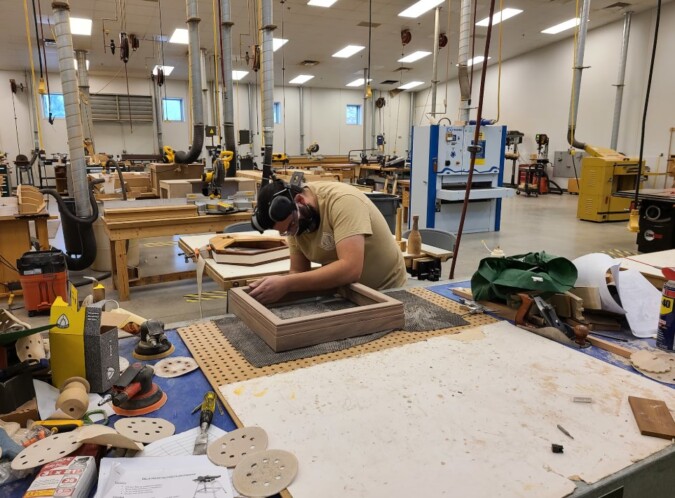Every culture celebrates love in its own rhythm. Some honor it with fire and dance, others with silence and symbolism. Yet across continents, marriage rituals share one common thread – the desire to bind two people through meaning, not just ceremony.
When readers search for marriage rituals around the world, they’re often looking for more than a list – they want to understand what those rituals say about the societies that created them. Why does a Japanese bride wear a hood to hide her “horns of jealousy”? Why do guests in Nigeria shower couples with money? Why do Hindu pairs circle a sacred fire seven times?
In this article, we’ll travel through fascinating marriage rituals, each revealing how love, community, and tradition intertwine in distinct yet strangely familiar ways.
The Pre-Wedding Celebration ─ More than a Party
Before the formal “I dos” begin, many cultures mark the impending union with rituals of their own. In Western contexts, this often takes the form of the bridal shower – a gathering of female friends and family to celebrate the bride, present gifts, and offer support.
According to The Knot’s 2025 Real Weddings Study, about 64 % of couples include a shower in their pre-wedding plans.
But that’s far from the only model. In India, the Mehndi or Henna night is a saturated celebration of color and closeness: the bride’s hands and feet are adorned with intricate henna designs, usually by female relatives, symbolizing joy, luck, and connection.
Meanwhile, in parts of Morocco, a Hammam ritual may occur the night before the wedding: the bride and her female kin bathe in a steam bath to purify and ready her for her new life.
These pre-wedding rituals create a container of emotional support, storytelling, and community before the formal union. Whether you call it a “bridal shower” or “henna night,” the goal is similar: connect generations, bless transitions, and weave in joy.
India ─ Seven Steps of Promise (Saptapadi)
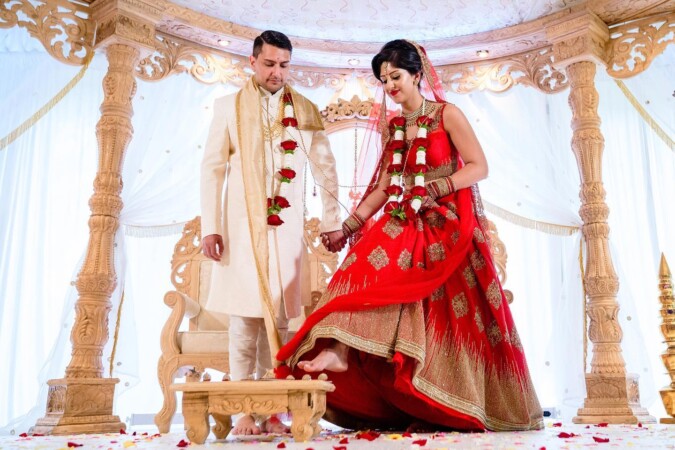
One of the most emotionally resonant rituals comes from Hindu marriages in India: the Saptapadi, or “Seven Steps.”
During this rite, the couple circles a sacred fire or altar (or takes seven distinct steps), each representing a vow or blessing:
|
Step No. |
Meaning / Blessing |
| 1 | Nourishment, provision |
| 2 | Strength and health |
| 3 | Prosperity |
| 4 | Happiness and harmony |
| 5 | Children and family welfare |
| 6 | Seasons and shared life |
| 7 | Friendship, loyalty, lifelong union |
By the seventh, the union is considered complete-both in legal, spiritual, and emotional terms. The act is intimate, solemn, and layered: it’s not just walking around fire, but journeying together, vow by vow, into shared life.
Nigeria ─ Money Sprays and Colorful Ceremonies
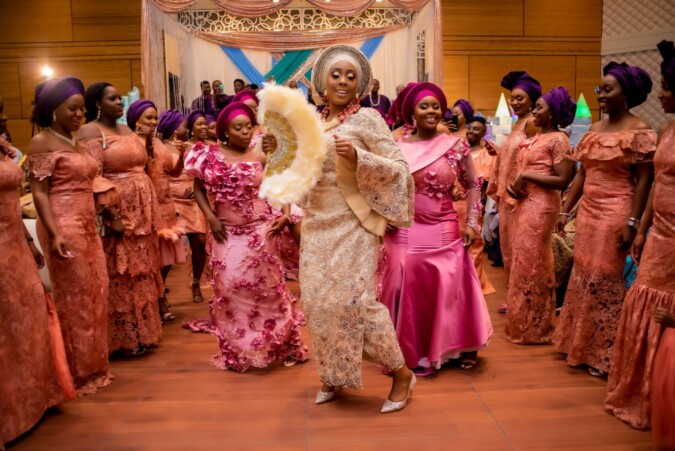
In Nigeria’s vibrant wedding culture, traditions vary across ethnic groups, but one ritual stands out at many receptions: the money spray. As the newlyweds dance, guests shower them with currency (or pin bills onto their clothing) as a gesture of support, blessing, and celebration.
The symbolism is more than financial: it expresses communal investment, joy, and abundance for the couple’s future. Beyond the spray, many Nigerians incorporate bright, coordinated attire (aso-ebi), diligent gift giving, and dance parades, making weddings multi-day spectacles.
Germany ─ Polterabend & the Art of Cleanup
In Germany, one of the more playful pre-wedding rituals is the Polterabend. On the eve of the wedding, friends and family gather at the bride’s home to smash porcelain and ceramics-not glass, but breakable dishes.
Why destroy plates? The shards are believed to bring good luck to the couple. Then, as part of the ritual, the bride and groom (often with help) must sweep up the broken pieces together. That act of cleanup is symbolic: whatever the broken things, they will face life’s messes together. It’s joyous, a little chaotic, and deeply symbolic.
Greece ─ A Shave, Honey, and Family Embrace
Greek weddings carry intimate and symbolic moments, including one tied to familial trust: the shaving of the groom by his koumbaros (best man) on the wedding morning.
But that’s not all. After the ceremony, the groom may be fed honey and almonds by his new mother-in-law-symbolizing sweetness in life and blessing from the new family unit. These small acts, personal and tactile, underscore the meaning behind joining two families. (In fact, Brides includes this among wedding traditions worldwide.)
Japan ─ The Veil, the Sake, the Quiet Elegance
Japanese weddings often center on poised ritual, subtle symbolism, and a refined aesthetic. One notable custom is the tsunokakushi-a veil worn by the bride meant to hide the “horns of jealousy,” symbolizing her commitment to serene marital life.
Another is the three-cup sake ritual, or san san kudo: the couple takes three sips each from three sake cups, representing heaven, earth, and humanity, binding them spiritually and socially to community and lineage. (This is common in Shinto ceremonies.)
Japanese weddings often balance tradition and modernity: couples may exchange Western white gowns, but retain these core rituals to anchor the ceremony.
Mexico and Latin America ─ Lazos, Marrying with a Cord
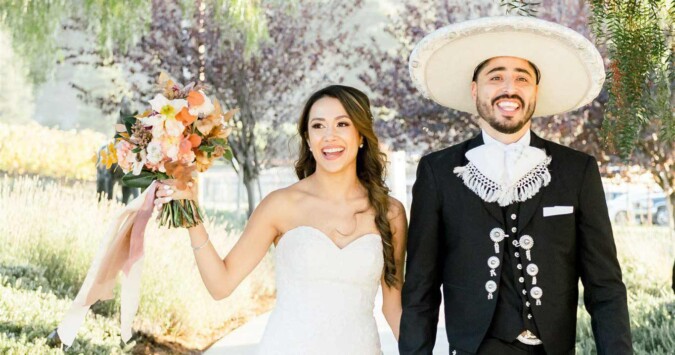
In Mexican weddings, a ritual called el lazo or the lasso ceremony is often performed. A rosary or cord, sometimes floral, is draped around the shoulders of the bride and groom in a figure-eight (infinity) shape to symbolize eternal unity.
Variants exist across Latin America and in the Philippines (under different names), but the essence remains: this binding ritual visually represents the couple’s oneness and a marriage without end. Many couples retain this tradition even in cross-cultural weddings.
Rituals in a Global Age
Today, many couples are cross-cultural or interfaith. They may choose to blend, select, or reinvent rituals. A Western bride may host a bridal shower, and then include a lasso ceremony (from Mexico), a Mehndi night (from India), or a tied cord blessing (from Japan). The richness lies not in rote mimicry but in meaningful integration and cultural respect.
So whether you’re a bride, groom, planner, or curious soul, keep this in mind: a marriage ritual isn’t a relic-you can let it breathe, evolve, and reflect who you are now, not just who your ancestors were.
If you’d like a deep dive into one region-say, African, Pacific, or Indigenous marriage traditions-just say the word.

